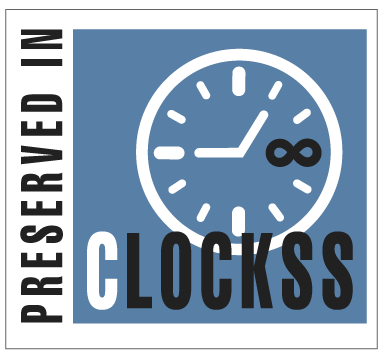Abstract
Improving the statistical and predictive accuracy, especially of the data on natural hazards, is important in addressing these issues. Therefore, policymakers urgently need a reliable forecasting methodology that provides decision-makers with early estimates of future and resulting healthcare expenditures based on historical time series data, so that they can assess potential risks. Researchers in the field of time series face the problem of choosing the best model for analysis from among several available models. Hence, this study compares the most effective model between a time series structure and a neural network model. Therefore, this research compares the predictive performance of the seasonal Mixed Autoregressive and Moving Average models, and feed-forward neural networks using the Back Propagation algorithm. It includes applying these methods to real data representing monthly injuries and deaths resulting from natural hazards in the United States. The best model is determined using the MAE criterion for forecast accuracy by leaving the last 12 observations of the data series as an evaluation set to examine the predictive performance and perform a comparison to determine the most effective one.
Keywords
Artificial neural networks, Back propagation algorithm, FFNN, Multiplicative seasonal model, Natural hazards, Validation checks
Subject Area
Mathematics
Article Type
Article
First Page
2360
Last Page
2374
Creative Commons License

This work is licensed under a Creative Commons Attribution 4.0 International License.
How to Cite this Article
Ibrahim, Mohammed Q.; Mohammed, Azhar A.; Khalaf, Alaa A.; and Noori, Nooruldeen A.
(2025)
"Comparative Analysis of Seasonal Mixed Integrated Autoregressive Moving Average and Feed-Forward Neural Networks Models in Predicting United State Natural Hazard Casualties,"
Baghdad Science Journal: Vol. 22:
Iss.
7, Article 22.
DOI: https://doi.org/10.21123/2411-7986.5002








